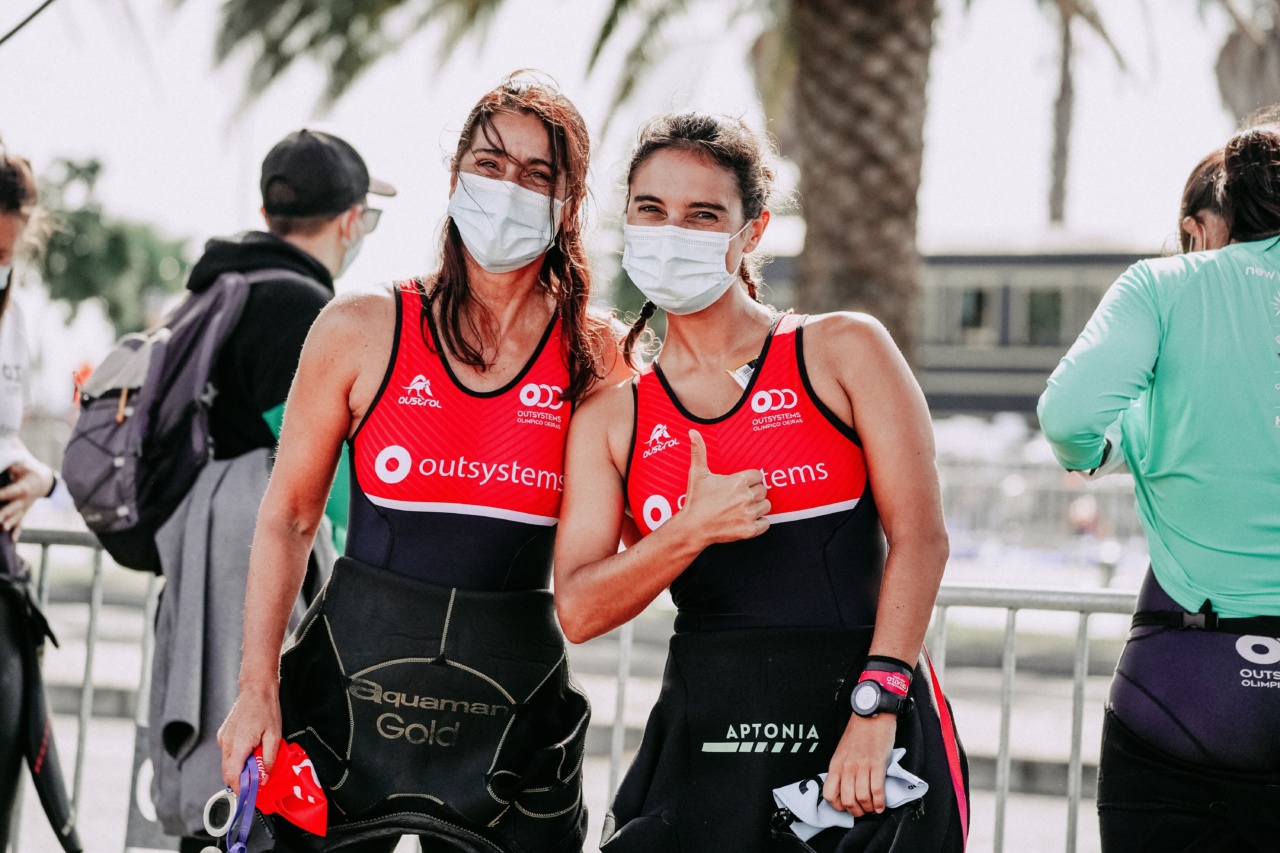With the pandemic still rampant in various parts of the world, wearing masks has been a part of everyday life for most people.
This is especially true for athletes and fitness enthusiasts who attend various training regimens to improve their physical health. However, with the increasing demand for masks, the availability of the appropriate masks becomes more challenging. Some athletes resort to using fabric masks which can be a challenge in training.
In this article, we will explore why fabric masks are a challenge in training and what are the alternatives available.
Why Fabric Masks are a Challenge in Training?
Fabric masks can be challenging during training because they hinder oxygen flow. While masks are crucial in keeping individuals safe from the virus, it can also hinder proper breathing and airflow during activities that require a lot of physical effort.
The lack of oxygen during exercise can lead to fatigue and exhaustion, which can impact performance negatively.
Reduced Oxygen Intake
The primary challenge in using fabric masks in training is the limited air supply. During exercise, the oxygen demand of the body increases to meet the energy demands of muscles, causing the heart and lungs to work harder.
However, wearing a mask during exercise reduces the airflow to the lungs, making breathing more difficult. This results in a reduced oxygen intake that can cause dizziness, fatigue, and even a loss of consciousness in some cases.
Increased Breathing Resistance
Fabric masks increase breathing resistance by blocking the free flow of air in and out of the body. This forces the lungs to work harder to obtain the same amount of oxygen required during exercise.
It also restricts the exhalation of carbon dioxide, which can cause a buildup of carbon dioxide in the bloodstream. This results in an elevated heart rate, increased blood pressure, and a feeling of anxiousness, further hindering the body’s performance during training.
Heat Buildup
Fabric masks tend to trap heat and humidity, leading to discomfort and heat buildup. During exercise, the body produces more heat, and the added heat retention from the mask can lead to an uncomfortable and distracting experience.
It can also lead to skin irritation, causing further discomfort.
Alternatives to Fabric Masks
While fabric masks are useful in protecting people from the virus during training, it isn’t the most optimal way of maintaining proper breathing and oxygen flow. Below are some alternatives that can be used instead of fabric masks:.
Disposable Masks
Disposable masks are an affordable and convenient option for athletes and fitness enthusiasts. They are lightweight, easy to wear and dispose of, and are ideal for people who have a sweaty workout.
A disposable mask doesn’t absorb the sweat, thus keeping the mask dry while in use.
N95 Masks
The N95 mask is designed to filter out 95% of airborne particles and is the most effective in preventing the spread of the virus and maintaining proper airflow during exercise.
It conforms to the shape of the face, which provides a better seal, and the adjustable nose clip allows for a more personalized fit. While N95 masks are the most effective, they are costly, and the wearer must be careful not to exercise too hard to prevent restricting airflow too much.
Training in an Isolated Area
Training in an isolated area such as an open field or in-home gyms can be beneficial as it eliminates the need for a mask.
Athletes and fitness enthusiasts can reduce the risk of contracting the virus while still being able to maintain proper breathing and oxygen flow during exercises.
In Conclusion
Fabric masks are great for reducing the spread of the virus, but it can be a challenge to use them during training.
The alternatives we’ve listed above aren’t perfect, but they provide efficient solutions for athletes and fitness enthusiasts to continue training safely. The key is finding the right option that works best for the individual and provides optimum protection while allowing the body to function correctly.































